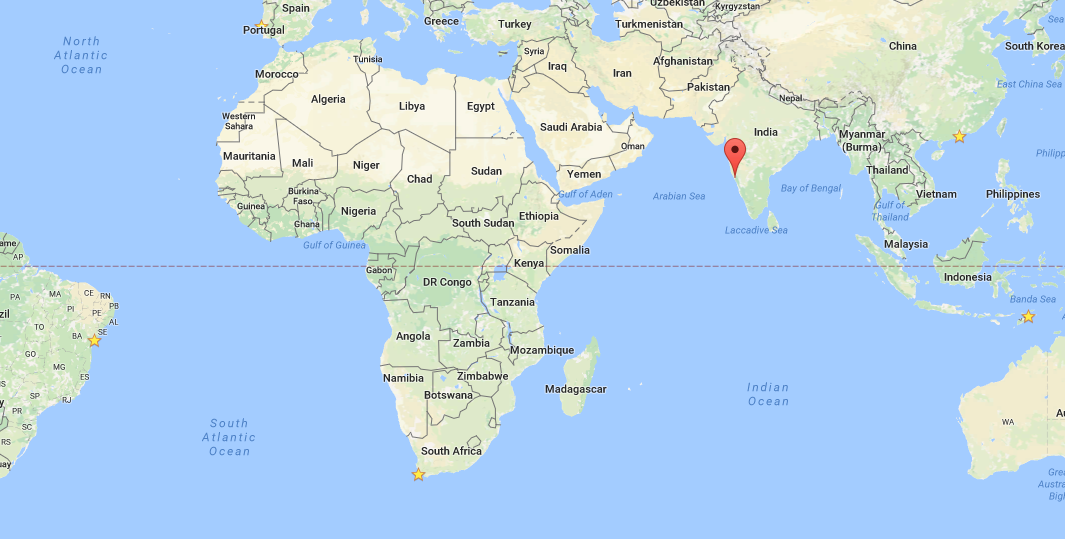Jorge Lúzio’s article on the Orient in the New World draws together two spheres of the European imaginary through an analysis of the dissemination of religious figurines made in Goa to Brazil via the Carreira da India and the diverse economic and cultural interactions facilitated by this same route. I’m interested in bringing Lúzio’s piece with other texts involving the circulation of artifacts and exploring the costs of material objects’ uncanny ability to witness and evoke presence.
In a letter to the King Dom Manuel of Portugal on the discovery of “Vera Cruz” (Brazil)—a text not unrelated to that of Lúzio’s—Pêro Vaz de Caminha alludes time and again to objects that the fleet will bring back to show the king. He writes:
Our men exchanged some varvels and other small things of little value which they had brought with them for some very large and beautiful red parrots and two small green ones, some caps of green feathers, and a cloth of many colours, also of feathers, a rather beautiful kind of material, as Your Majesty will see when you receive all these things, for the admiral says he is sending them to you. (As translated by C.D. Ley, 53-54)
Throughout the letter, Caminha describes events that occurred during the fleet’s landing on and exploration of Brazil, followed by descriptions of specific foreign objects they encounter and the assurance that these will be sent to the king. It is as if these material things testify to the discovery of Brazil and perform a narrative of the Empire’s colonial control.
Yet, what is damming is that while objects speak, humans cannot. Caminha recounts an episode in which the fleet’s captains debate over whether or not to sequester two native men and force them to return with the crew to Portugal. In the end they decide against this plan of action under the problematic rationale that, as Caminha writes, “nobody can understand them” (49). The natives “chatter in uncouth speech” (literally, “berberia”), but objects speak eloquently.
In her response to this week’s reading, Shannon critiques an approach of relying on “the presence of foreign objects and immigrants alone, lacking context beyond a Western-mediated understanding of their culture” in talking about diversity.
While it is important that Lúzio brings two of Portugal’s southern colonies in dialogue through the circulation of religious ivory figurines, my question is, to what extent are these artifacts different from the African curios that adorned European living rooms at the turn of the 19th century or the chinoiserie that populated the domestic spaces of Darío’s writings? To what extent can the subjects, and not just the objects, speak?
